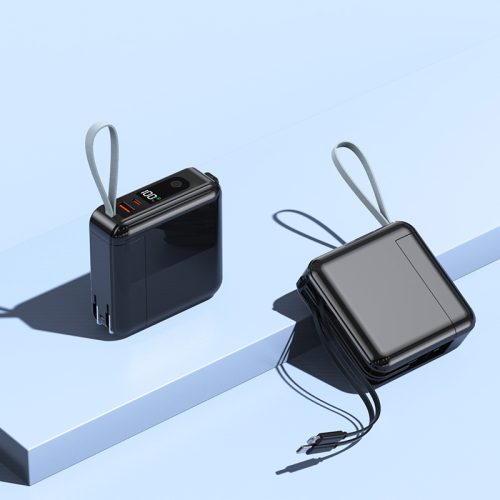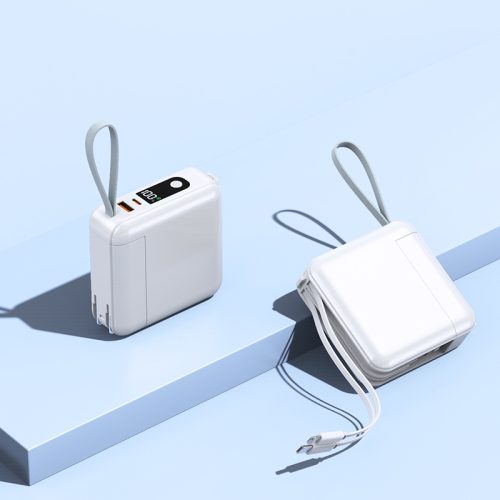Welcome to the ultimate guide to power banks! Power banks are portable devices designed to store electrical energy and charge your electronic devices on the go. They have become an essential accessory for anyone who relies heavily on smartphones, tablets, laptops, or other USB-powered gadgets. In this guide, we’ll cover everything you need to know about power banks, from understanding their features to choosing the right one for your needs.
- How do power banks work? Power banks store electrical energy in built-in batteries, which are typically lithium-ion or lithium-polymer batteries. When you connect your device to the power bank via a USB cable, the stored energy is transferred to your device, charging it just like a wall charger would.
- Key features of power banks:
- Capacity: Measured in milliampere-hours (mAh), it indicates how much charge a power bank can hold. The higher the capacity, the more times it can charge your device fully. Common capacities range from 2,000mAh to 20,000mAh or more.
- Output Power and Ports: Look for power banks with multiple USB ports and higher output power (measured in amperes or A) to charge multiple devices simultaneously and at a faster rate.
- Input Power and Charging Time: A power bank with a higher input power (measured in A) will recharge faster. Some power banks support fast charging technology, which can significantly reduce the charging time.
- Size and Weight: Consider the physical dimensions and weight of the power bank, especially if you plan to carry it regularly in your bag or pocket.
- Safety Features: Look for features like overcharge protection, short-circuit protection, and temperature control to ensure the safety of your devices and the power bank itself.
- LED Indicators: These indicate the remaining battery level, so you know when to recharge the power bank.
- Types of power banks:
- Standard Power Banks: These are the most common power banks, available in various capacities and sizes for everyday use.
- Solar Power Banks: They have solar panels that can charge the power bank’s battery using sunlight. Useful for outdoor activities, but they might not fully charge via solar alone.
- Wireless Power Banks: These can charge compatible devices wirelessly, eliminating the need for cables for devices that support wireless charging.
- Ultra-Compact Power Banks: Smaller and lighter power banks designed for emergency or minimal charging needs.
- Choosing the right power bank:
- Identify your needs: Determine the capacity and number of USB ports you need based on your devices and charging habits.
- Quality and Brand: Invest in power banks from reputable brands known for their safety and reliability.
- Read reviews: Check user reviews and expert opinions to get an idea of the power bank’s performance and durability.
- Consider fast charging: If you have fast-charging compatible devices, consider getting a power bank that supports fast charging.
- Portability: Choose a size and weight that suits your lifestyle and ensures easy portability.
- Charging tips:
- Charge your power bank using the supplied cable and a compatible wall adapter or a USB port on your computer.
- Store your power bank in a cool and dry place, away from direct sunlight and extreme temperatures.
- Periodically charge and discharge the power bank to maintain its battery health.
- Use high-quality USB cables for charging your devices to ensure efficient power transfer.
- Safety precautions:
- Avoid using damaged power banks or those with exposed wiring.
- Keep the power bank away from water and other liquids.
- Don’t leave the power bank charging unattended for an extended period.
- If you notice any issues with the power bank, stop using it immediately and contact the manufacturer.
Remember that power banks are not a substitute for a faulty battery in your device. If your device’s battery is degraded or damaged, consider getting it replaced.
By following this guide, you’ll be equipped with the knowledge to choose the right power bank that fits your lifestyle and ensures your devices stay charged whenever you need them. Happy charging!


